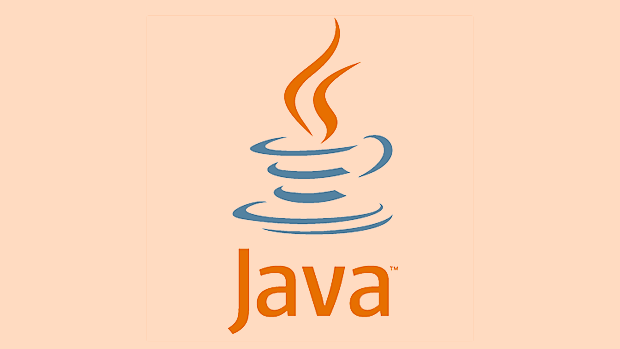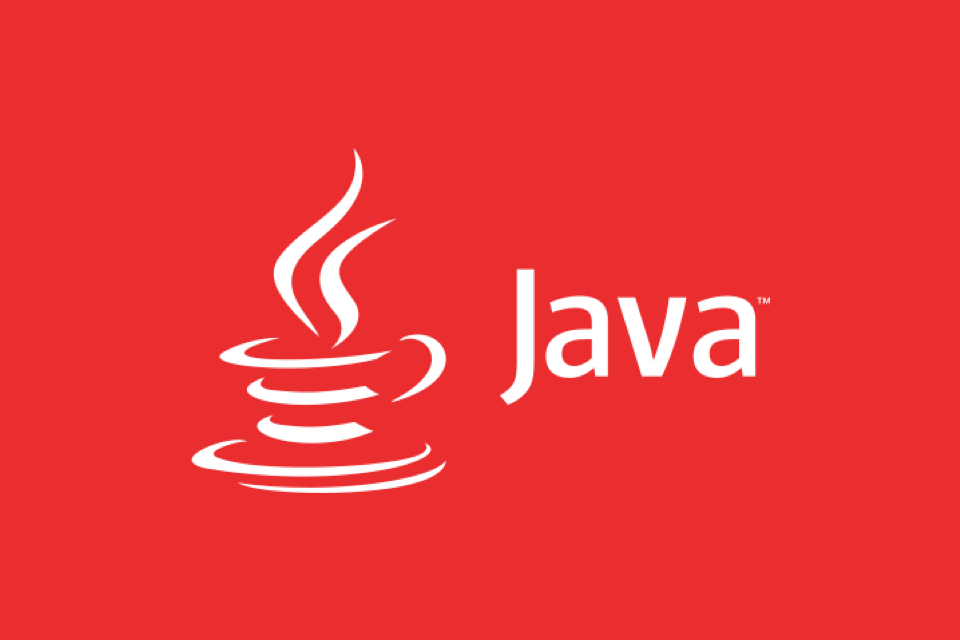How to Monitor a Java Application with Prometheus and Grafana
Jul 31, 2025 am 09:42 AMTo monitor a Java application with Prometheus and Grafana, first instrument the app using Micrometer by adding micrometer-registry-prometheus and Spring Boot Actuator dependencies, then expose the /actuator/prometheus endpoint via configuration in application.yml. 2. Set up Prometheus by downloading it, configuring the prometheus.yml file to scrape the Java app’s metrics endpoint at /actuator/prometheus from target localhost:8080, and starting Prometheus to confirm metric collection via the expression browser. 3. Install Grafana, add Prometheus as a data source pointing to http://localhost:9090, and import a prebuilt dashboard such as ID 4701 or 12554 to visualize JVM and Spring Boot metrics including memory, garbage collection, threads, HTTP latency, and CPU usage. 4. Optionally, add custom business metrics using Micrometer’s MeterRegistry to create counters, timers, or gauges that can be queried in Prometheus and displayed in Grafana. 5. Ensure the Prometheus scraper can access the actuator endpoint, secure sensitive endpoints in production, and manage metric label cardinality to maintain performance. This setup provides a scalable, vendor-neutral observability solution for Java applications.

Monitoring a Java application with Prometheus and Grafana gives you real-time visibility into performance metrics like CPU usage, memory, garbage collection, and custom business logic. Setting this up involves instrumenting your Java app to expose metrics, configuring Prometheus to scrape them, and visualizing the data in Grafana. Here’s how to do it step by step.

1. Instrument Your Java Application with Micrometer
Micrometer is the standard library for exposing metrics in Java apps, especially with Spring Boot. It acts as a facade to various monitoring systems, including Prometheus.
Step 1: Add Dependencies

If you're using Maven, add these to your pom.xml:
<dependency>
<groupId>io.micrometer</groupId>
<artifactId>micrometer-core</artifactId>
</dependency>
<dependency>
<groupId>io.micrometer</groupId>
<artifactId>micrometer-registry-prometheus</artifactId>
</dependency>For Spring Boot 2.3 , just adding micrometer-registry-prometheus is enough — it auto-configures everything.

Step 2: Expose Metrics Endpoint
Micrometer automatically configures a /actuator/prometheus endpoint when:
- You have Spring Boot Actuator enabled
- The Prometheus registry is on the classpath
Add this to application.yml:
management:
endpoints:
web:
exposure:
include: health,info,prometheus,metricsNow when you run your app, visit http://localhost:8080/actuator/prometheus — you should see raw metrics in Prometheus format.
2. Set Up Prometheus
Prometheus will scrape metrics from your Java app at regular intervals.
Step 1: Download and Install Prometheus
Get Prometheus from prometheus.io/download.
Step 2: Configure prometheus.yml
Edit the config file to add your Java app as a scrape target:
scrape_configs:
- job_name: 'java-app'
metrics_path: '/actuator/prometheus'
static_configs:
- targets: ['localhost:8080']Make sure the target matches your app’s host and port.
Step 3: Start Prometheus
Run:
./prometheus --config.file=prometheus.yml
Go to http://localhost:9090 to access the Prometheus UI. Use the expression browser to test queries like:
jvm_memory_used_bytes
You should see live data from your app.
3. Visualize Metrics in Grafana
Grafana turns raw metrics into dashboards.
Step 1: Install and Run Grafana
Download from grafana.com, or use Docker:
docker run -d -p 3000:3000 --name=grafana grafana/grafana
Step 2: Add Prometheus as a Data Source
- Open
http://localhost:3000(default login: admin/admin) - Go to Configuration > Data Sources > Add data source
- Choose Prometheus
- Set URL to
http://host.docker.internal:9090(orhttp://localhost:9090if not in Docker) - Save & test
Step 3: Import a Java Monitoring Dashboard
Use a prebuilt dashboard for JVM metrics:
- Go to Create > Import
- Enter dashboard ID
4701(JVM (Micrometer)) or12554(Spring Boot Application) - Select your Prometheus data source
- Click Import
You’ll now see graphs for:
- Heap and non-heap memory
- Garbage collection time and count
- Thread count
- HTTP request latency
- CPU usage
4. Add Custom Metrics (Optional)
You can track business-specific metrics using Micrometer.
Example: Counting successful orders
@Autowired
private MeterRegistry registry;
public void onOrderProcessed() {
Counter counter = registry.counter("app.orders.success");
counter.increment();
}This creates a metric called app_orders_success_total, which you can query in Prometheus and display in Grafana.
You can also use timers, gauges, and distribution summaries for more complex tracking.
Final Notes
- Make sure your app’s
/actuator/prometheusendpoint is accessible from Prometheus (watch out for firewalls or Docker networks). - For production, secure your actuator endpoints (
management.endpoints.web.exposure.includeshould not expose sensitive endpoints publicly). - Use labels wisely — they increase cardinality, which can impact Prometheus performance.
Basically, with Micrometer Prometheus Grafana, you get a powerful, open-source observability stack for Java apps — no vendor lock-in, and it scales well.
The above is the detailed content of How to Monitor a Java Application with Prometheus and Grafana. For more information, please follow other related articles on the PHP Chinese website!

Hot AI Tools

Undress AI Tool
Undress images for free

Undresser.AI Undress
AI-powered app for creating realistic nude photos

AI Clothes Remover
Online AI tool for removing clothes from photos.

Clothoff.io
AI clothes remover

Video Face Swap
Swap faces in any video effortlessly with our completely free AI face swap tool!

Hot Article

Hot Tools

Notepad++7.3.1
Easy-to-use and free code editor

SublimeText3 Chinese version
Chinese version, very easy to use

Zend Studio 13.0.1
Powerful PHP integrated development environment

Dreamweaver CS6
Visual web development tools

SublimeText3 Mac version
God-level code editing software (SublimeText3)

Hot Topics
 Building RESTful APIs in Java with Jakarta EE
Jul 30, 2025 am 03:05 AM
Building RESTful APIs in Java with Jakarta EE
Jul 30, 2025 am 03:05 AM
SetupaMaven/GradleprojectwithJAX-RSdependencieslikeJersey;2.CreateaRESTresourceusingannotationssuchas@Pathand@GET;3.ConfiguretheapplicationviaApplicationsubclassorweb.xml;4.AddJacksonforJSONbindingbyincludingjersey-media-json-jackson;5.DeploytoaJakar
 A Developer's Guide to Maven for Java Project Management
Jul 30, 2025 am 02:41 AM
A Developer's Guide to Maven for Java Project Management
Jul 30, 2025 am 02:41 AM
Maven is a standard tool for Java project management and construction. The answer lies in the fact that it uses pom.xml to standardize project structure, dependency management, construction lifecycle automation and plug-in extensions; 1. Use pom.xml to define groupId, artifactId, version and dependencies; 2. Master core commands such as mvnclean, compile, test, package, install and deploy; 3. Use dependencyManagement and exclusions to manage dependency versions and conflicts; 4. Organize large applications through multi-module project structure and are managed uniformly by the parent POM; 5.
 css dark mode toggle example
Jul 30, 2025 am 05:28 AM
css dark mode toggle example
Jul 30, 2025 am 05:28 AM
First, use JavaScript to obtain the user system preferences and locally stored theme settings, and initialize the page theme; 1. The HTML structure contains a button to trigger topic switching; 2. CSS uses: root to define bright theme variables, .dark-mode class defines dark theme variables, and applies these variables through var(); 3. JavaScript detects prefers-color-scheme and reads localStorage to determine the initial theme; 4. Switch the dark-mode class on the html element when clicking the button, and saves the current state to localStorage; 5. All color changes are accompanied by 0.3 seconds transition animation to enhance the user
 css dropdown menu example
Jul 30, 2025 am 05:36 AM
css dropdown menu example
Jul 30, 2025 am 05:36 AM
Yes, a common CSS drop-down menu can be implemented through pure HTML and CSS without JavaScript. 1. Use nested ul and li to build a menu structure; 2. Use the:hover pseudo-class to control the display and hiding of pull-down content; 3. Set position:relative for parent li, and the submenu is positioned using position:absolute; 4. The submenu defaults to display:none, which becomes display:block when hovered; 5. Multi-level pull-down can be achieved through nesting, combined with transition, and add fade-in animations, and adapted to mobile terminals with media queries. The entire solution is simple and does not require JavaScript support, which is suitable for large
 How to use Java MessageDigest for hashing (MD5, SHA-256)?
Jul 30, 2025 am 02:58 AM
How to use Java MessageDigest for hashing (MD5, SHA-256)?
Jul 30, 2025 am 02:58 AM
To generate hash values using Java, it can be implemented through the MessageDigest class. 1. Get an instance of the specified algorithm, such as MD5 or SHA-256; 2. Call the .update() method to pass in the data to be encrypted; 3. Call the .digest() method to obtain a hash byte array; 4. Convert the byte array into a hexadecimal string for reading; for inputs such as large files, read in chunks and call .update() multiple times; it is recommended to use SHA-256 instead of MD5 or SHA-1 to ensure security.
 python parse date string example
Jul 30, 2025 am 03:32 AM
python parse date string example
Jul 30, 2025 am 03:32 AM
Use datetime.strptime() to convert date strings into datetime object. 1. Basic usage: parse "2023-10-05" as datetime object through "%Y-%m-%d"; 2. Supports multiple formats such as "%m/%d/%Y" to parse American dates, "%d/%m/%Y" to parse British dates, "%b%d,%Y%I:%M%p" to parse time with AM/PM; 3. Use dateutil.parser.parse() to automatically infer unknown formats; 4. Use .d
 Sublime Text auto close HTML tags
Jul 30, 2025 am 02:41 AM
Sublime Text auto close HTML tags
Jul 30, 2025 am 02:41 AM
Installing the Emmet plug-in can achieve intelligent automatic closing of tags and support abbreviation syntax; 2. Enable "auto_match_enabled":true to allow Sublime to automatically complete simple tags; 3. Use Alt . (Win) or Ctrl Shift . (Mac) shortcut keys to manually close the current tag - it is recommended to use Emmet in daily life. The latter two methods can be combined, which is efficient and simple to set.
 VSCode settings.json location
Aug 01, 2025 am 06:12 AM
VSCode settings.json location
Aug 01, 2025 am 06:12 AM
The settings.json file is located in the user-level or workspace-level path and is used to customize VSCode settings. 1. User-level path: Windows is C:\Users\\AppData\Roaming\Code\User\settings.json, macOS is /Users//Library/ApplicationSupport/Code/User/settings.json, Linux is /home//.config/Code/User/settings.json; 2. Workspace-level path: .vscode/settings in the project root directory






